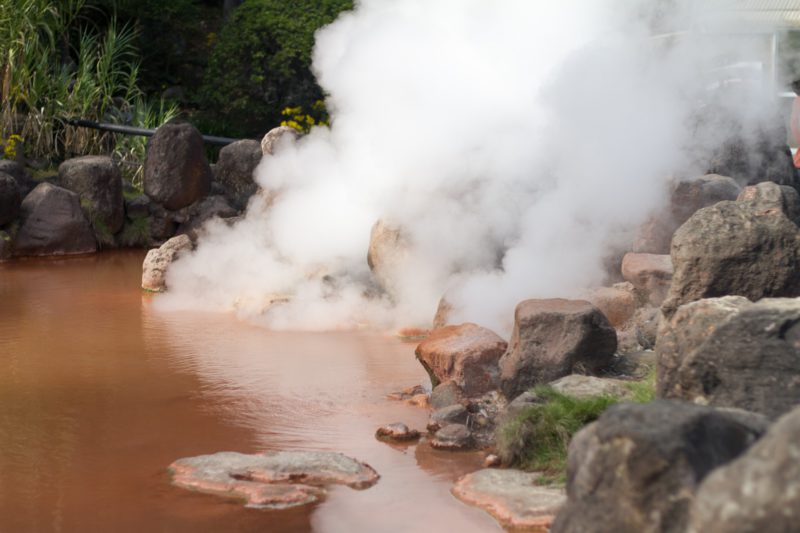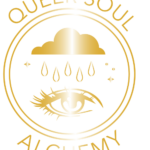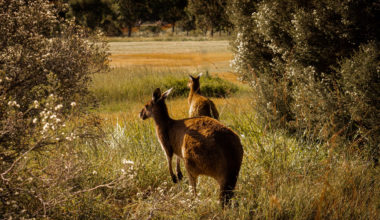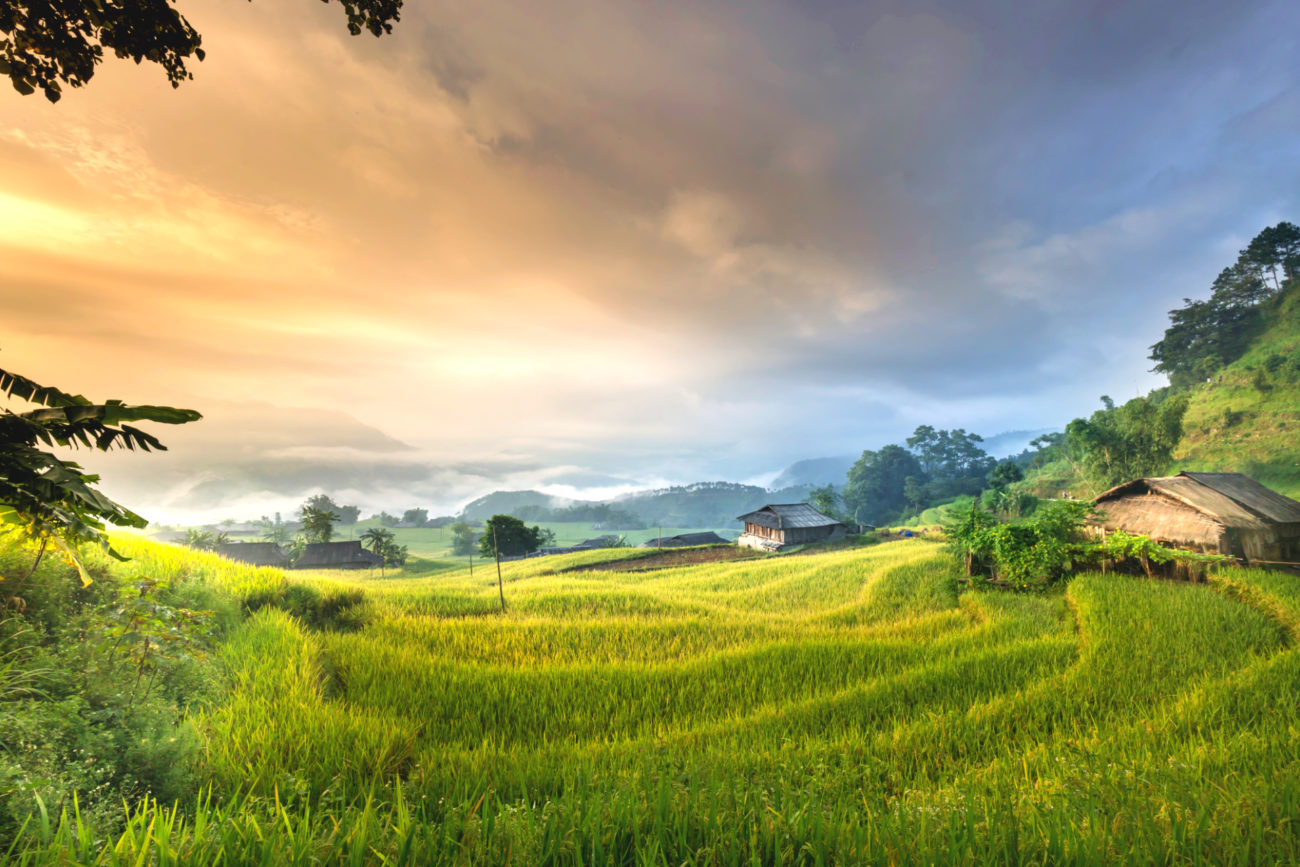A fiery hot hell awaits you in the Hells (jigoku) of Beppu, a spectacular collection of hot spring pools that reach over 100 degrees celsius in temperature. Beware! These hot springs are too hot to bathe in and are for viewing only. Follow our comprehensive guide to all seven Hells of Beppu for a safe and easy way to enjoy these unusual hot springs. From blood-red waters to crocodiles surrounded by rising plumes of hot steam, get ready for an exhilarating journey!
About Beppu
Beppu is a famous geothermal city located in the Oita Prefecture on Japan’s Kyushu Island. The city produces the largest volume of hot spring water in Japan and is home to the highest number of onsen sources. Each onsen in Beppu is uniquely different for its scenery, hot spring water, and health benefits. If this is your first time experiencing a Japanese onsen, fret not! Check out our handy guide to onsen etiquette before embarking on a journey of relaxation across Beppu’s hot springs.
The Hells of Beppu
One of Beppu’s most popular attractions is the otherworldly Hells of Beppu. It is a collection of seven bubbling onsens spread across the Kannawa and Shibaseki District. The seven hot spring pools include Umi Jigoku, Onnishi Bozu Jigoku, Shiraike Jigoku, Kamado Jigoku, Oniyama Jigoku, Chinoike Jigoku, and Tatsumaki Jigoku.
Getting there
On foot
All seven pools can be reached on foot from the Kannawa Bus Terminal. The districts are three kilometers apart and will take around 40 minutes on foot.
Bus
Five hells in the Kannawa District can be reached from buses departing from the JR Beppu Station. To visit the remaining two, take bus number 16/16A that runs twice per hour from Kannawa to Shibaseki.
Car
Rental cars are easily available from Beppu. Free parking is provided at all the hells.
Tickets
Get your access tickets at the Beppu Station or Tourist Information Center. Two types of tickets are available:
- All-access tickets to all seven pools: ¥7,000
- Individual entry tickets for each pool: ¥300
Kannawa District
Umi Jigoku
Umi Joguku, or sea hell, is one of the most beautiful pools in the Hells of Beppu collection. The pool gets its name from its bright cobalt-blue water, naturally colored with the area’s high levels of iron sulfate. In addition to its mesmerizing appearance, the hot spring’s heat creates the perfect environment for plants from the Amazonian region to grow. Umi Jigoku’s surrounding gardens and ponds are filled with an incredible range of plant species, including the Amazon water lily, which holds up to 20 kilograms.
Onnishi Bozu Jigoku
The tiny Onnishi Bozu Jigoku is a mud hot spring named after its alien-like mud bubbles that rise to the surface, the bubbles resembling the shaved heads of Buddhist priests (bozu). Soothe your tired muscles at a foot bath located right next to the spring. Don’t worry, the water is safe to bathe in!
Shiraike Jigoku
Named “white pond hell,” Shiraike Jigoku is a hot spring known for its milky appearance that seems more blue-green than white. The spring is surrounded by manicured Japanese gardens and a small aquarium featuring 16 types of tropical fish, including piranhas. Despite being as intensely hot as the other hot springs, Shiraike Jigoku is a calming sight to see with its picturesque surroundings.
Kamado Jigoku
This “cooking pot hell” features six smaller hot spring pools, each with varying hues of grey, blue, and white. Upon entering, you’ll be greeted by the symbol of Kamado Jigoku, a towering red demon statue located at the second pond. Visitors can stroll between the pools and enjoy the relaxing sand footbaths in the surrounding area.
Oniyama Jigoku
Oniyama Jigoku is the most out-of-this-world spring in the Hells of Beppu collection. Translating to “monster mountain hell”, it houses over 80 crocodiles that thrive in the high-temperature waters. These crocodiles can be typically seen lounging around in their enclosures or soaking in the steaming hot spring water, giving these fearsome creatures an even more hellish appearance. We recommend catching the crocodiles in action during their feeding hours weekly every Wednesday, Saturday, and Sunday.
Shibaseki District
Chinoike Jigoku
Chinoike Jigoku is one of Beppu’s largest and most scenic attractions. The hot spring features an unforgettable blood-red hue, a color formed by clay and acidic iron found beneath the surface. Though the hot spring may seem terrifying or even demonic-like in appearance, the clay from the pool is said to offer various health benefits. The souvenir shop near Chinoike Jigoku is often extremely popular, with visitors purchasing ointment extracted from the spring to improve their skin.
Tatsumaki Jigoku
Tatsumaki Jigoku is the only hot spring featuring a powerful geyser that erupts to over 50 meters high. Known as “tornado hell,” Tatsumaki Jigoku has the hottest of waters among the springs of the Hells of Beppu, with temperatures reaching a staggering 150 degrees celsius.
Food
Jigoku mushi
Jigoku mushi, translates to “hell-steaming”, a traditional cooking method that uses the steam of a hot spring, most commonly practiced in Beppu. This method dates back to the 17th century and is a healthy way to enhance a dish’s flavors.
Onsen eggs are one of the most popular food cooked with the jigoku mushi method at most hot springs all over Japan, including the Hells of Beppu. Read more about these creamy eggs in our guide to the ancient Kinosaki Onsen Town.
Apart from onsen eggs, many food and souvenir stores located near the hells also sell custard pudding cooked in the same manner as the eggs. Take a bite out of these delicate sweet treats, the perfect dessert after a long day of exploring the mystical Hells of Beppu.
This traditional method is also replicated at restaurants in Beppu. Starting from ¥500, you can buy a set of vegetables, meat, or fish prepared using a special steam oven. You may also rent these hell ovens for a short amount of time to whip up a deliciously healthy jigoku mushi-style spread.
Reimen
Enjoy a refreshing bowl of reimen, a popular cold noodle dish in Beppu. These noodles are handmade with buckwheat flour and are thicker and chewier than traditional soba or ramen. Served in a rich soy sauce-based soup broth, this local favorite is a great way to cool off after exploring the fiery Hells of Beppu!
About TourHero
TourHero is a social travel platform that enables you to travel with like-minded people and fall in love with the journey. We work closely with handpicked local operators to ensure every experience curated is unique and exclusive to your travel group. Come with us on epic adventures and create memories that last a lifetime!










